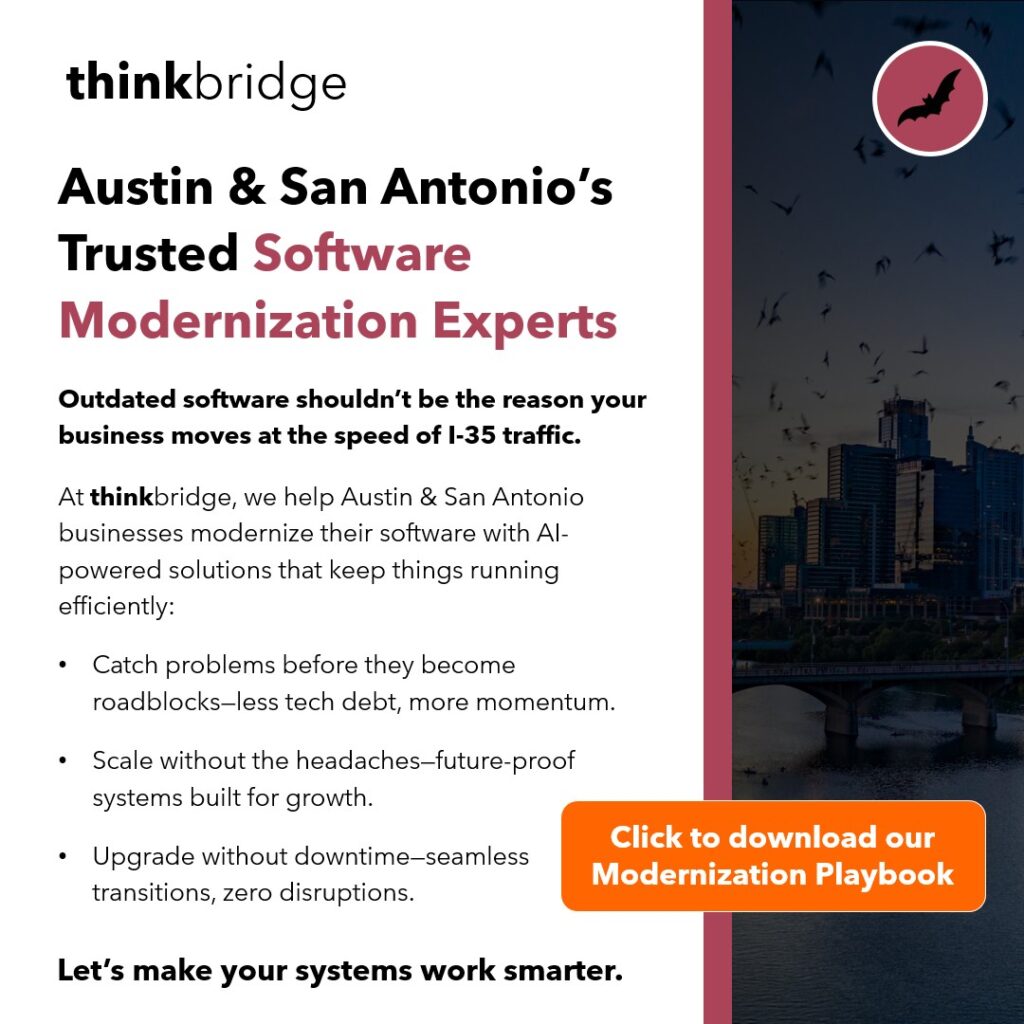By HOJUN CHOI
Special Contributor to Silicon Hills News
The New York-based company currently operates in cities across the globe, including major cities in the United States, Israel, U.K. and in Amsterdam. Occupying an office space in the heart of downtown Austin, on the corner of Sixth Street and Congress Avenue, WeWork Congress marks the startup’s first expansion into Texas.
Adam Neumann, the company’s co-founder and chief executive officer, said the WeWork brand is largely about cherishing collaborative experiences, and working together to find new solutions for problems.
“It’s about being a global citizen for the world,” Neumann told Silicon Hill News during a launch party in March.
Bob Metcalfe, co-inventor of Ethernet, who also attended the party, said signing five-year or three-year leases can be burdensome to young and small companies. By offering solutions for this problem, he believes that companies like WeWork help the city foster a better atmosphere for entrepreneurs.
“These leases are for 30 days, and it’s a very ‘hip’ space,” Metcalfe said. “They have aimed it right at the small business community, so it’s just a fantastic thing.”
In all 30 of its locations, WeWork offers its members rates on monthly leases, which are sold as packages with various amenities, such as free wireless Internet and printing. Members can also take advantage of open lounging areas that can be used for large social events or casual networking.WeWork also connects its members to resources that help them manage their business, including discounted rates on health insurance plans and affordable solutions for payroll services.
Rates for the Austin location currently range from $45 to $350.
“It’s this idea of allowing you to focus what you’re super passionate about, but also having a culture of openness and collaboration,” Vice President of Business Development Matt Shampine said.
Shampine said Austin’s vibrant community of entrepreneurs, as well as the city’s unique personality are, largely in part, what caught the expansion team’s attention. During its expansion to central Texas, which took a little over year, Shampine said that the team reached out to local industry leaders as well as the Austin Chamber of Commerce to get in touch with the city’s business community.
“We try to be a part of the transformation of a neighborhood, so in terms of where we could have had our first location in Austin, this is an awesome spot,” Shampine said.
Shampine, who operated his own design and development agency out of a WeWork office space before officially joining the company in 2011, now oversees the company’s business operations. He said the startup will preserve the qualities that first attracted businesses to its spaces during its infancy as it plans for further expansion.
In 2014, the Wall Street Journal reported that the startup was valued at about $5 billion and speculated that the company was planning to go public within the next several years.
Austin is already the home to more than a dozen different coworking office space providers, such as Tech Ranch and Capital Factory that also offer businesses short-term leases. The diversity of its membership base, Shampine said, is what makes WeWork coworking spaces unique from similar shared workspaces.
“Our membership includes tech startups as well as independent lawyer firms. We also have people in accounting, public relations and marketing,” Shampine said. “Everyone here can help each other be more successful, because they each provide a different service.”
Whurley (William Hurley), co-founder of financial technology startup Honest Dollar, was one of the first members to join WeWork Congress. The seasoned serial entrepreneur said he was reeled in by the potential of expanding his business to the other WeWork locations around the world.
“We’re already looking at offices in New York and San Francisco,” Hurley wrote in an email. “The international capabilities were a huge draw for us.”
Honest Dollar, which launched during SXSW, offers small businesses affordable and transparent retirement plans for their employees. Since its launch, the company has grown to 20 people from its original two founders.
“More important than the facilities are the quality of startups we’re around; it’s super inspirational,” Hurley said. “And since startups are our client base, we literally have an office inside a floor full of potential users.”
Mark Lapidus, head of Real Estate at WeWork, who answered questions via email, said that the company is currently looking at potential properties for a second location in Texas. Lapidus also wrote that the company has made plans to expand the current office space in the fall.A small team manages day-to-day operations and organizes social events for its members at each WeWork location.
“All of our community management teams use technology for supporting members, as well as for promoting collaboration in each location and across the globe,” Carly Langley, community manager of the Austin branch, wrote in an email. “Our digital team has built amazing products for us to manage our communities seamlessly.”
Hojun Choi is a student in Professor Rosental Alves’ Entrepreneurial Journalism Class at the University of Texas at Austin.

